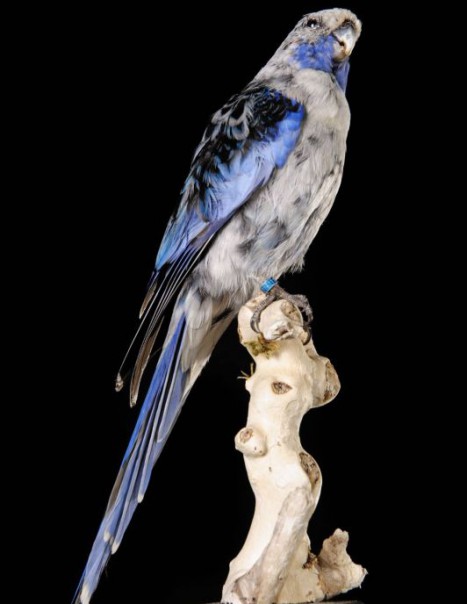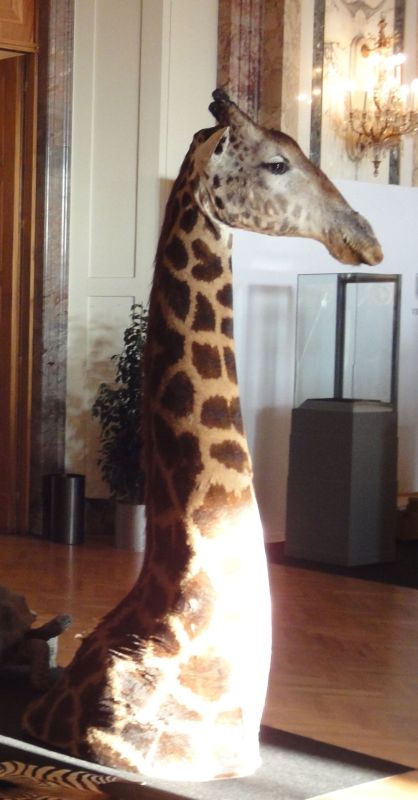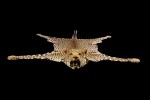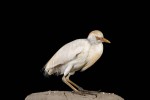Eastern rosella – Platycercus eximius
Eastern Rosella – Platycercus eximius
The eastern rosella is a bird of the Psittacidae family.
It has a lifespan of 12 to 15 years in the wild, it can exceed 20 years in captivity.
This species is found in woodlands and savannas up to 1300 meters, always near rivers, houses and cultivated fields or orchards where it can do great damage. It protects from the heat of the middle of the day hiding in the eucalyptus.
It feeds mainly on seeds, flowers, fruit and insects. Eastern rosella loves the hawthorn berries grass on the ground.
They are very sociable and live in groups in winter and separate per couple for reproduction which occurs in the spring. The female can lay, several times a year, 4 to 6 white eggs. A shaft hole usually serves as a nest. After 4 to 5 weeks they take their first plumage, but will be fed by the parents to their independence. After 5 to 6 weeks after birth, they leave the nest but will still be dependent for 2 weeks. They acquire their adult plumage at the end of their first year.





